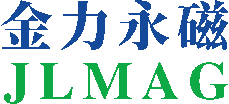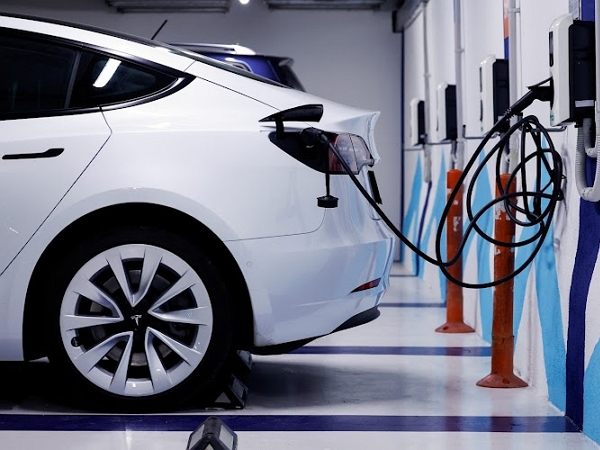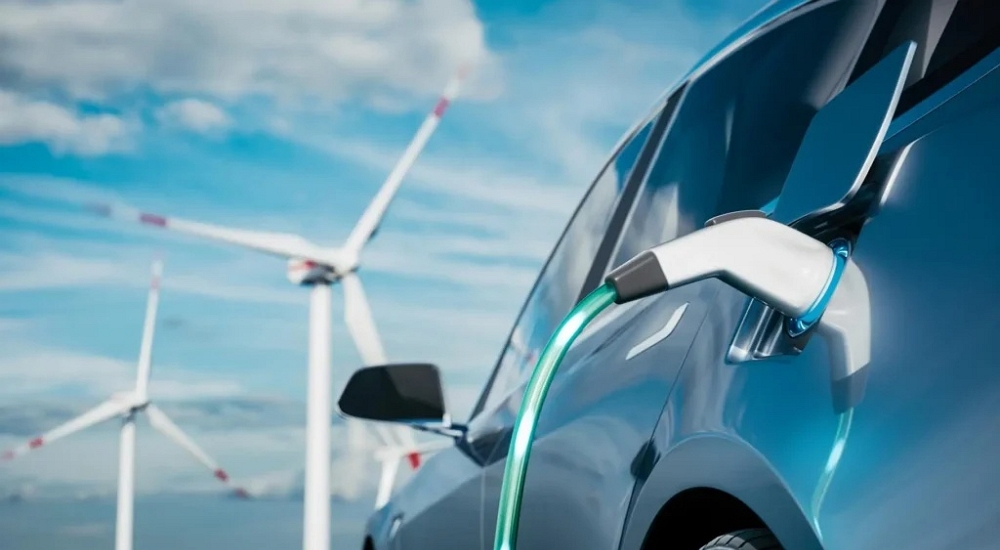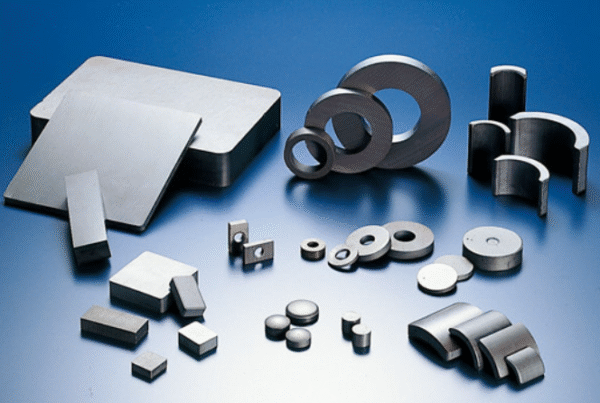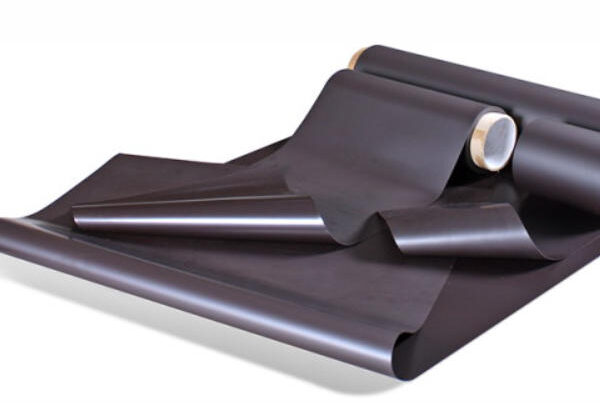In recent years, the rapid development of new energy vehicles (NEVs) and the wind power industry has become the main driving force behind the surge in permanent magnet demand. Permanent magnets, especially neodymium-iron-boron (NdFeB) magnets, are irreplaceable in motor manufacturing due to their high magnetic energy product, strong coercivity, and excellent stability.
- NEVs Driving Strong Demand for Permanent Magnets
NEVs, particularly battery electric vehicles (BEVs) and plug-in hybrid electric vehicles (PHEVs), rely heavily on traction motors, many of which are permanent magnet synchronous motors (PMSMs). Compared to induction motors, PMSMs offer higher efficiency and a more compact size, helping extend driving range.
Market data shows that an NEV traction motor typically requires 2–3 kg of high-performance NdFeB magnets, with premium models using more than 5 kg. In 2023, global NEV sales exceeded 14 million units. Assuming an average usage of 2.5 kg per vehicle, this translates to over 35,000 tonnes of permanent magnets consumed in a single year. With policies like the EU’s 2035 ban on internal combustion engine sales and China’s NEV penetration surpassing 35%, demand is expected to keep rising.
- Wind Power’s Contribution to Permanent Magnet Demand
In wind turbines—particularly direct-drive permanent magnet generators—magnets are a key component. Compared to traditional gearbox-driven systems, direct-drive designs reduce mechanical losses, improve efficiency, and lower maintenance costs.
A 3 MW direct-drive wind turbine typically requires 600 kg to 1 tonne of NdFeB magnets. As turbine capacities increase to 10 MW or even 15 MW, magnet requirements grow significantly. For instance, a 12 MW offshore turbine may use over 3 tonnes of permanent magnets. According to the International Energy Agency (IEA), global wind power installations will double by 2030, ensuring that permanent magnet demand remains elevated.
- Technology and Policy Synergy
In addition to market growth, technological advancements and policy incentives are amplifying magnet applications. Modern high-performance rare earth magnets offer improved resistance to demagnetization, enabling them to withstand high temperatures in EV motors and the prolonged operation of wind turbines.
Decarbonization targets worldwide are also spurring the adoption of clean energy and electric transportation, indirectly boosting magnet demand. For example, China aims for over 1,200 GW of combined wind and solar capacity by 2030, accelerating permanent magnet consumption.
- Future Trends and Challenges
Over the next decade, the permanent magnet market will remain under dual pressure from NEVs and wind energy expansion. However, this growth comes with challenges, including rare earth supply constraints, price volatility, and the need for sustainable recycling. Companies are actively researching low-dysprosium or dysprosium-free magnets and improving recycling systems to ensure long-term resource security.
Conclusion
The rapid expansion of the NEV and wind power industries is not only transforming the global energy landscape but also directly driving up permanent magnet demand. Rare earth magnets will play an increasingly vital role in green energy and transportation, offering vast market potential while requiring innovative solutions for sustainable development.
